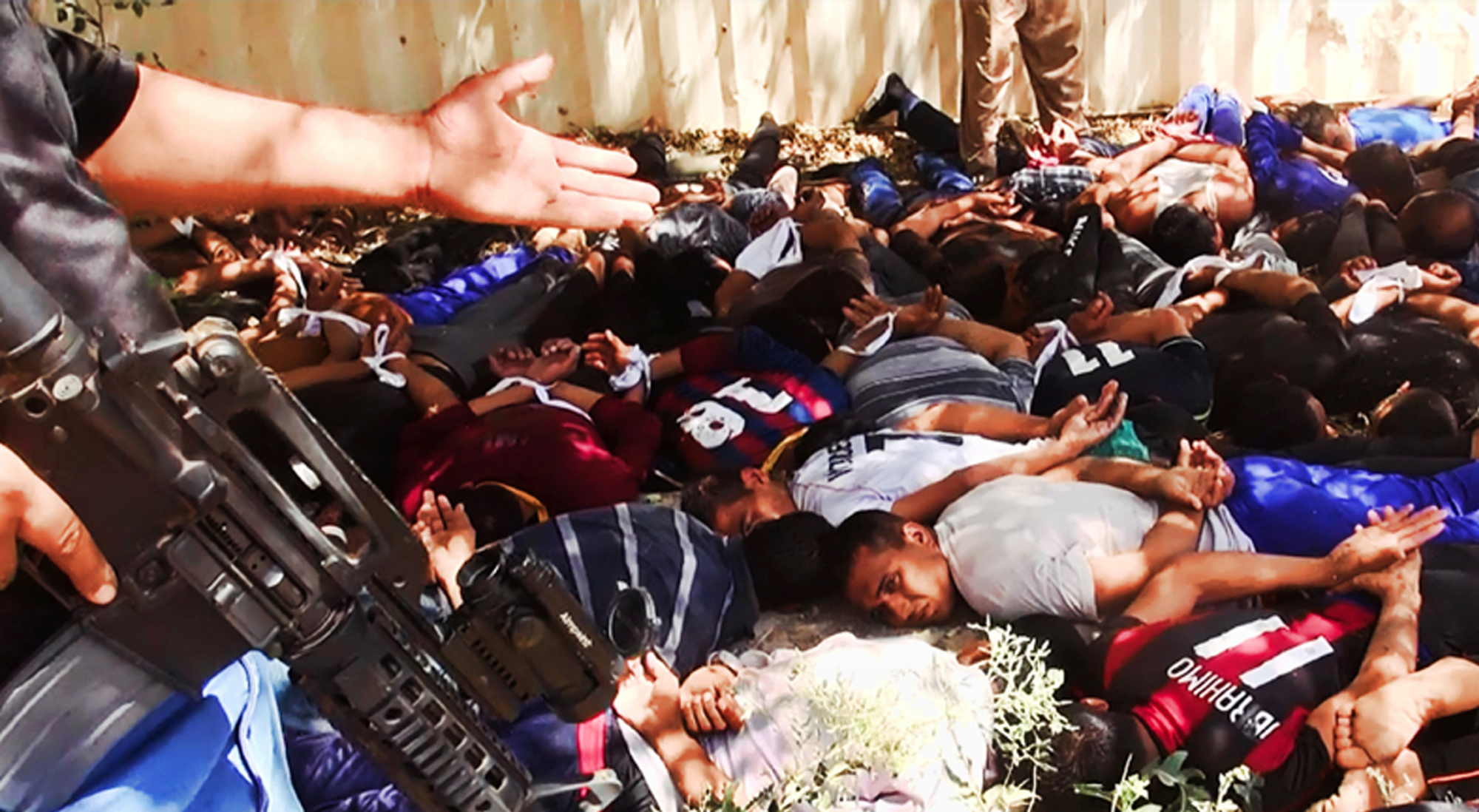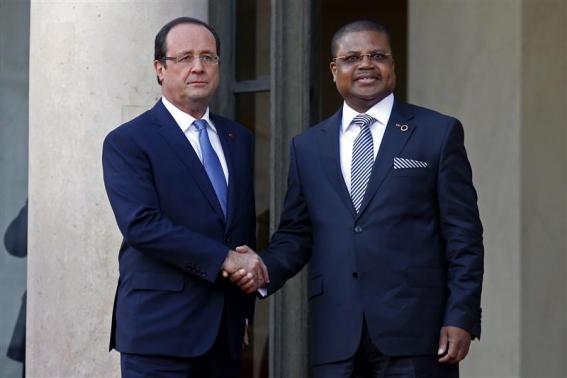As part of Canada’s continuing effort to support Afghanistan’s growing media industry, the Canadian government funded a three-month long photography course taught by the Afghan non-governmental organization, AINA Photo Agency. Founded in 2001 by two French photojournalists, AINA is the one and only independent photo Agency in Afghanistan. Its aim is to provide media training to the devastated society of Afghanistan.
Media under the Taliban was severely restricted and included the banning of television which was seen as “morally corrupt”. Television was shut down in 1996 and print media were forbidden to publish commentary, photos or readers letters. The media environment remained bleak until the overthrow of the Taliban in late 2001. Since then, there has been considerable growth in the number of media outlets. However, media laws still prohibit material that is deemed to run counter to Islamic law and Press freedom group Reporters Without Borders says media regulatory bodies are “under the government’s thumb”.
Yet there are now more than 300 newspapers and other publications in circulation across the country, in addition to 50 FM radio stations and 5 private television stations. As self-censorship among some Afghan journalists, especially the older generation is still prevalent, it is notable that a new generation of journalists is beginning to play a stronger role.
“Enthusiasm and motivation are the two things you can see more of among some young journalists,” Sayed Aqa Hussain Fazel Sancharaki, deputy information minister, says.
On June 8th 2010, the Canadian-sponsored program graduated 32 Afghan youth, including six women. The newly minted alumni were presented with a certificate by Canada’s Ambassador to Afghanistan, William Crosbie, for completion of the course. Students documented the lives of Afghans in Kabul as well as other cities using their newly acquired skills, which included composition, field techniques and usage of Photoshop. Ambassador Crosbie noted that support of aspiring photojournalists will allow Afghans to tell their stories not only the domestic media but also to the rest of the world. A selection of the students’ work will be published in a book in July and will be featured in an exhibition to be held from mid-July to mid-August at the Queen’s Palace in Kabul’s Bagh-e Babur Garden.
Despite some concerns that Afghanistan lacks a developed market from which media could draw subscriptions or advertising revenues, the usage of new internet and mobile technologies offers optimism and hope for the future of the media in Afghanistan.
By: Monika Wyrzykowska
Sources: AINA Photo Agency, Embassy of Canada in Afghanistan, BBC Afghanistan Country Profile, Afghanistan’s post-Taleban media
*Disclaimer: The opinions expressed in this article are solely of the author’s, and do not represent those of The NATO Council of Canada.



